Letter of Intent Sample Template for Professional Use
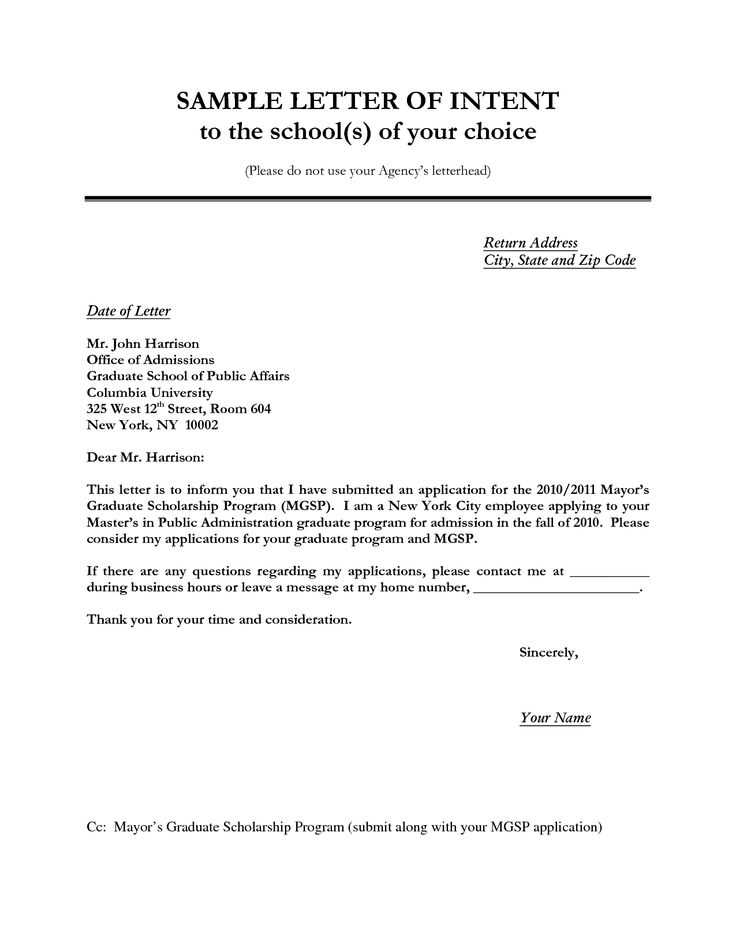
Essential Elements to Include
How to Begin and Organize the Content
Effective Tips for Professional Writing
Personalizing the Letter for Various Purposes
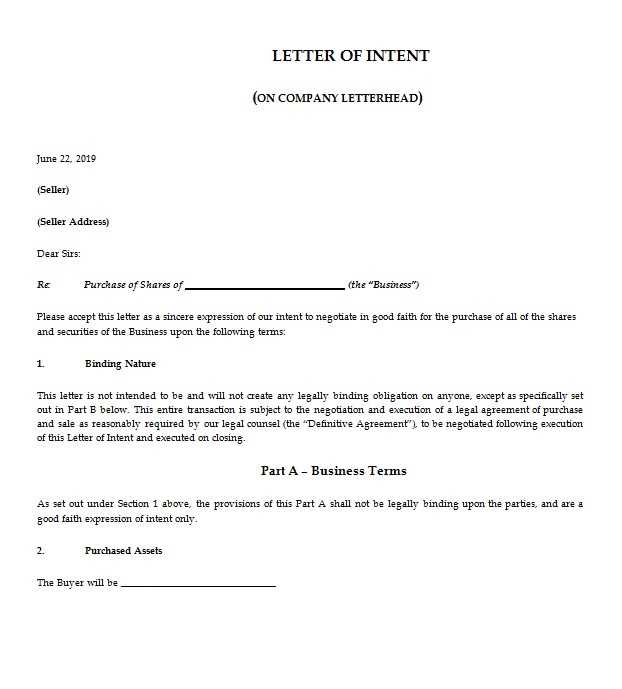
Examples to Assist in Drafting
Understanding the Purpose of a Letter
When crafting a formal document, the main goal is to clearly communicate intentions and establish a foundation for future actions. Such a communication serves as a way to convey key details while setting the tone for professional relationships. Its purpose can vary, but it consistently aims to provide clarity, structure, and direction for both parties involved.
This type of communication holds significant value in various situations, from business negotiations to formal agreements. It is an essential tool for outlining the parties’ positions, confirming commitments, and clarifying expectations. Here are the primary functions of such documents:
- Establishing formal agreements or intentions.
- Providing clear information to avoid misunderstandings.
- Documenting key terms for reference in future discussions.
- Building trust and professionalism between individuals or organizations.
Understanding the purpose of such documents ensures that they are effectively crafted to meet the needs of the situation. The content should be concise, purposeful, and direct, while maintaining a professional tone throughout. Each section should focus on the core points, contributing to the overall clarity and purpose of the document.
Key Elements to Include in the Document
When creating a formal communication, it is essential to ensure that all critical components are clearly presented. Each part should serve a specific purpose, contributing to the document’s overall effectiveness and professionalism. Without these key elements, the communication may lack clarity or fail to provide necessary details.
Here are the fundamental elements that should always be included:
- Introduction: A brief statement explaining the purpose and context of the communication.
- Parties Involved: Clearly identifying the individuals or organizations involved in the agreement or discussion.
- Purpose or Goal: A concise explanation of the specific goal or objective the communication aims to achieve.
- Terms and Conditions: Outlining any necessary conditions or expectations that both parties must agree to.
- Timeline: If applicable, providing dates or timeframes for completing specific actions or obligations.
- Signatures: A formal conclusion, where the involved parties acknowledge their understanding and agreement to the terms.
Each section plays an integral role in making sure the document is complete and effective. Omitting any of these elements could lead to confusion or potential issues down the line. Therefore, it is crucial to approach each section with precision and clarity to ensure that all intentions are clearly communicated.
How to Begin and Organize the Content
Starting and structuring a formal document is crucial to ensure it conveys the intended message effectively. A well-organized communication helps the reader understand the main points quickly and easily. The flow of information should be logical, with each section building upon the previous one.
Start with a Clear Introduction
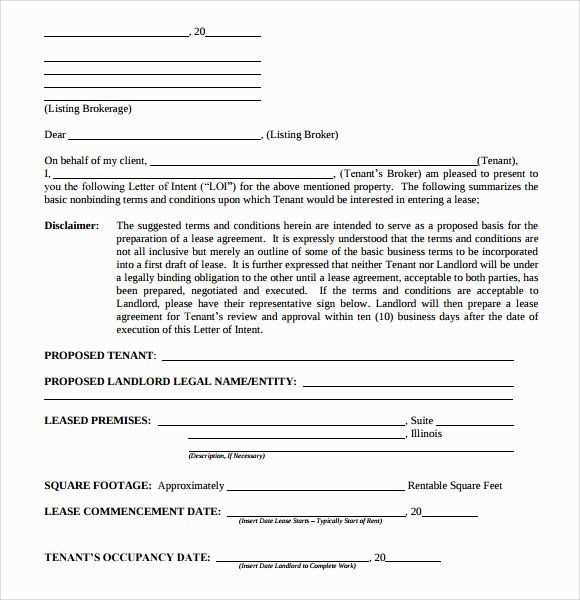
The beginning of the document should introduce the purpose and the context of the communication. Make sure to briefly explain why the document is being created and what the main objectives are. This will help the reader understand the intentions from the very start.
Organize the Body for Clarity
After the introduction, present the key points in a structured manner. Break the content into distinct sections, each focusing on a specific topic. Use headings and bullet points where necessary to enhance readability. Each part should be concise yet detailed enough to cover the essential aspects of the communication.
Best Practices for Composing a Professional Letter
Crafting a formal document requires attention to detail and a professional approach to ensure clarity and respect. Adhering to best practices not only improves the effectiveness of the communication but also reinforces a professional image. A well-written document reflects the seriousness of the purpose and the respect for the recipient.
Here are some essential tips for composing a professional document:
- Be Clear and Concise: Keep your message focused and direct. Avoid unnecessary details that may confuse the reader.
- Maintain a Formal Tone: Use respectful and professional language throughout, avoiding overly casual expressions.
- Proofread Thoroughly: Check for grammatical errors and typos to ensure the document is polished and error-free.
- Stay Organized: Structure your content logically, with clear headings and sections for easy navigation.
- Use Proper Formatting: Utilize appropriate font styles, sizes, and spacing to make the document easy to read and visually appealing.
By following these practices, you ensure that your document makes a strong and positive impact, communicating your message effectively while maintaining professionalism.
Adapting Your Letter for Different Purposes
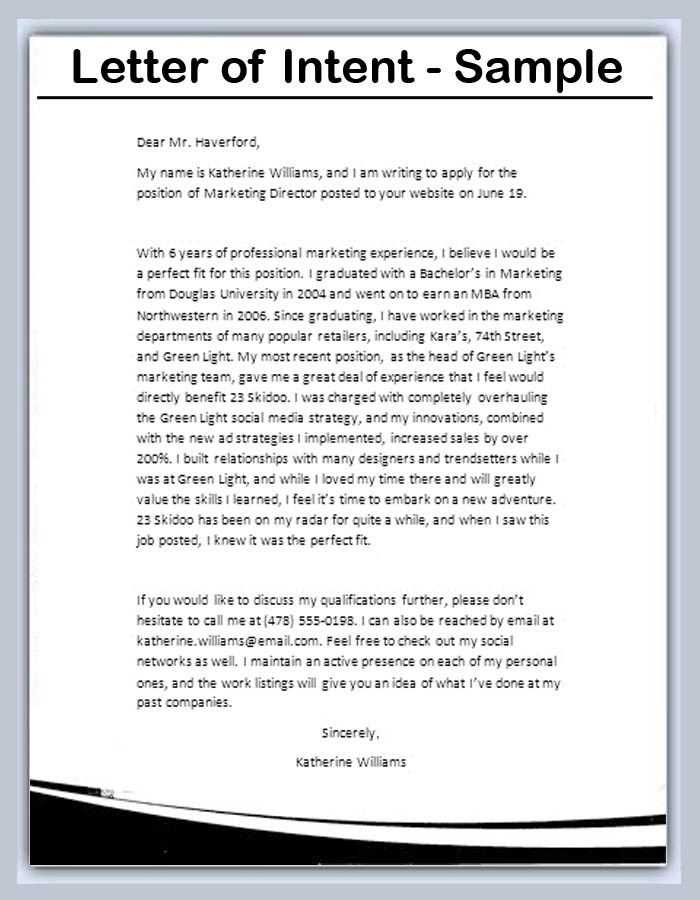
When creating a formal document, it is essential to tailor the content to meet the specific needs of the situation. The structure, tone, and details of the communication should vary depending on whether the goal is to negotiate a deal, express interest, or formalize a commitment. Understanding how to adapt your approach for different scenarios ensures your message is effective and relevant.
Here are key considerations when adjusting the document for various purposes:
- For Business Negotiations: Focus on outlining clear terms and expectations, emphasizing mutual benefit and flexibility.
- For Expressing Interest: Highlight enthusiasm and intent, while keeping the tone respectful and optimistic.
- For Formal Agreements: Ensure precise language and detailed terms, avoiding ambiguity to protect all parties involved.
- For Personal Requests: Maintain a respectful yet approachable tone, clearly stating your needs while acknowledging the recipient’s position.
By adjusting your message to suit the specific purpose, you enhance the likelihood of a positive response while demonstrating professionalism and thoughtfulness.
Examples to Help with Writing
Having concrete examples can significantly ease the process of crafting formal documents. They provide a framework, demonstrating the correct structure, tone, and language to use. By reviewing different scenarios, you can better understand how to convey your message clearly and professionally.
Business Proposal Example
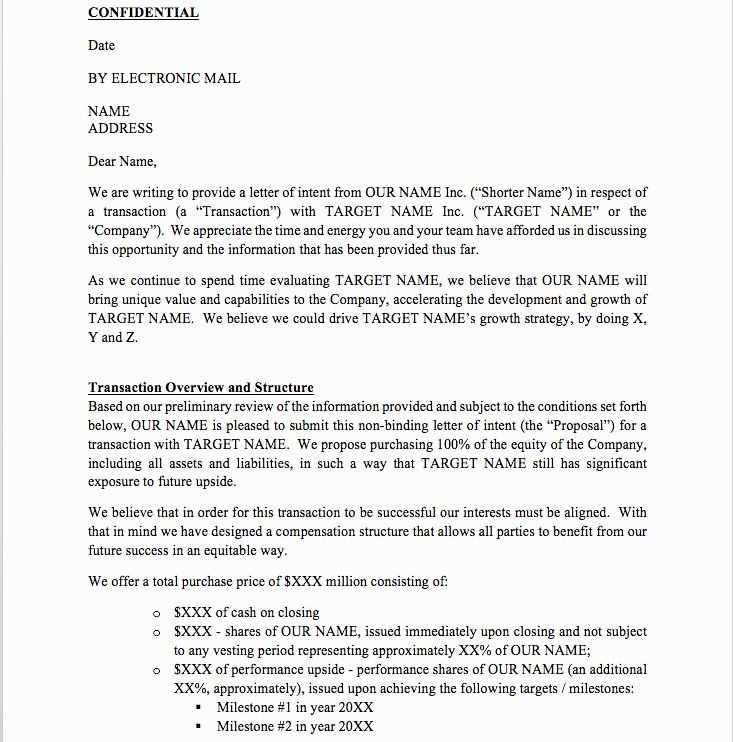
This example focuses on a professional approach to initiating a business relationship. It highlights the importance of a clear statement of purpose, detailed goals, and a mutual understanding of the terms. The tone is formal and to the point, ensuring that both parties are aligned on expectations.
Interest Expression Example
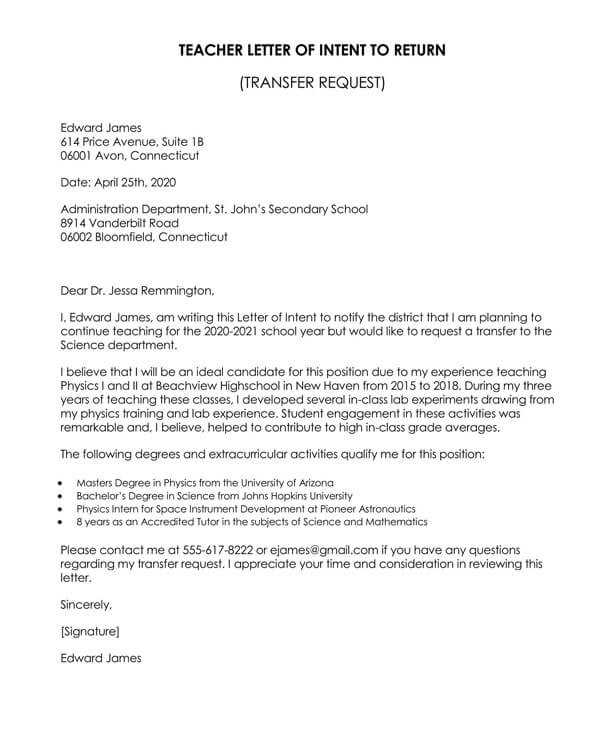
In this scenario, the message emphasizes enthusiasm and a positive outlook, with a focus on building a connection. While maintaining a formal structure, it also conveys interest and excitement, making it ideal for situations where you want to express your eagerness without overwhelming the recipient.
Using these examples as guides will help you navigate various situations, ensuring your document is tailored to the intended purpose and effectively communicates your message.